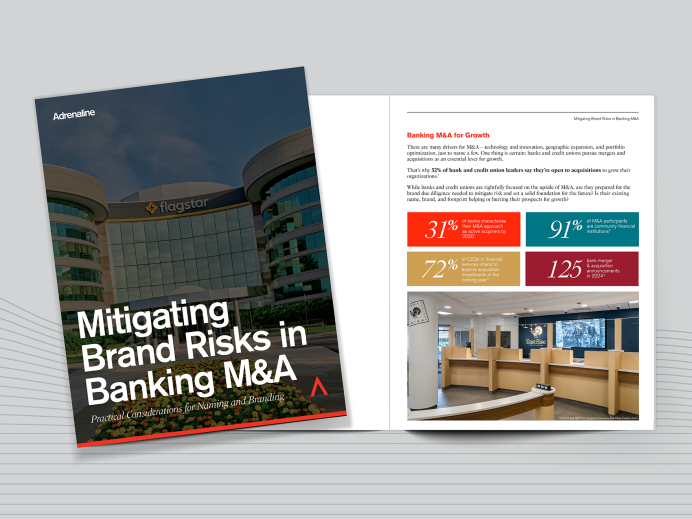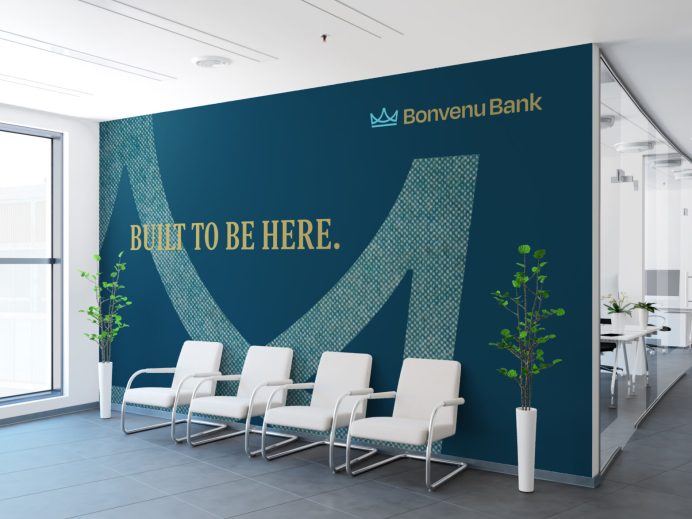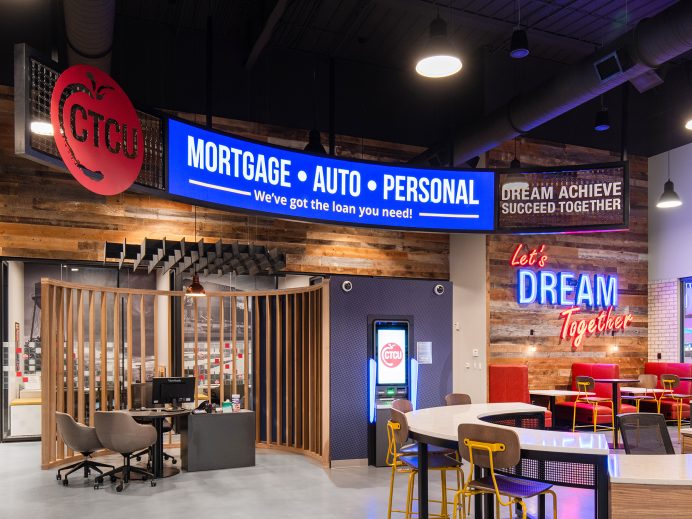Webinar spotlights the power and potential of a bank’s brand during bank mergers and acquisitions
Although the volume of mergers and acquisitions in banking has trended downward throughout 2023, many industry insiders expect banking M&A to rebound next year, as growth remains a core focus for financial institutions. In fact, nearly two out of ten banking leaders rank acquisition as one of their top-3 priorities with smaller banks seeking scale to compete. “The financial services M&A market is still choppy, and opinions diverge on whether the U.S. economy will experience a soft or hard landing,” according to EY’s Perspectives on Financial Services “But for every challenge facing financial institutions, there is a corresponding opportunity.”
That kind of opportunity was the topic for the recent Bank Director webinar “Know Before You Grow: Mitigating the Business Risk of Branding for Banks in Expansion Mode,” presented by Adrenaline’s president Gina Bleedorn. While brand strategy may not be the first thing that comes to mind for banking leaders considering merging with or acquiring another financial institution, it should be a higher priority during due diligence, ensuring they’re well strategized. “Branding is something I think the industry at large needs to hear more about,” according to Gina. “And especially the business impact of branding for institutions who are focused on expansion.”
More than ever before, financial institutions recognize the need to leverage their brand to build business, with three out of four banking leaders reporting that their brand value critically impacts their business value. And while a brand might be a company’s most valuable asset, most don’t know how to successfully leverage it. In fact, most institutions are still operating in a red ocean – a sea of sameness where they are competing on products and services and not on brand equity. That’s because branding, especially for institutions in growth mode, has no playbook. It’s no wonder they’re finding it hard to stand out.
The Value of Brand
Most financial institutions may not consider their brand as an asset (representing growth) or a liability (representing risk), especially when it comes to expansion. “I want to encourage banks to start thinking of their brand as intangible asset,” says Gina. “In fact, by definition brand equity equals assets or liabilities driven by the brand that add or subtract from business value.” If a bank’s brand inhibits their ability to attract people, get customers and move into new markets, it’s a liability. If a brand’s reputation is good, people love them and they have high awareness, that is an asset. Brand equity is a real, tangible business consideration, especially in M&A.
For institutions in growth mode, there are three primary risk areas related to branding. These are legal risk, reputational risk and operational risk. The three risk areas are critical to assess for business continuity, regardless of whether a bank or credit union has a merger or acquisition in their future. “If there is one thing I want people to take away from this presentation, it’s that these risks are very real,” says Gina. “They exist and they are not thought of enough in planning or due diligence, especially related to M&A, but also related to expansion, including moving into new markets organically.”
Legal Risk
If an organization has a non-ownable brand name, there is legal risk. Gina says, “If a bank is one of the 5,000 instances of the 20 most common names I mentioned, they probably do not legally own their name.” If nobody legally owns a name, then the rights go to whoever was in the market first. When a bank or credit union has a common name like Citizens, Community, or Farmers and they are trying to move into a market that already has a Citizens Bank, Community Trust, or Farmers Credit Union, they cannot legally operate in that market by that name. The existing institution has rights over the new entrant.
Reputational Risk
Reputational risk is all about what people think of a brand. This might not seem as hard-hitting as legal risk, because banks can still operate with reputational risk, but what people think of a bank’s brand truly matters in terms of future growth and opportunities. Gina says, “Are people confused by a bank’s brand? Do they confuse a brand with someone else? Do they think of someone else’s bad characteristics when they think about another brand? Do they not think enough about a brand? Do they not think a bank is for them?” These considerations sit at the intersection of a brand name and brand awareness, but all of it represents reputational risk.
Operational Risk
Operational risk is a growing concern as banks spin off divisions, like insurance or wealth management, under different brand names. Even more cumbersome is the operational risk from M&A activity. “If a bank acquires an institution and lets them keep their brand, they will begin to have multiple brands,” says Gina. “I am here to tell you that there is a 99% chance that that is a bad business strategy, because the more brands a bank has, the more diluted their brand becomes.” Even more, these operational risks start to bleed over and become a legal and reputational risk. Gina says, “Banks have to multiply everything they’re doing by that number of brands they’re operating, which is not only inefficient, but it has real risk associated with it.”
To see how four banks navigate legal, reputational and operational risk, watch the full webinar “Know Before You Grow: Mitigating the Business Risk of Branding for Banks in Expansion Mode.” Learn how four institutions – Origin Bank, VeraBank, Bravera, and Park National Bank – successfully respond to brand challenges to help their organizations grow.
Inform M&A decision making, mitigate brand risks, and guide efficient integration with these M&A questions, insights, and case studies of banking brands that have successfully grown through M&A.
Adrenaline is an end-to-end brand experience company serving the financial industry. We move brands and businesses ahead by delivering on every aspect of their experience across digital and physical channels, from strategy through implementation. Our multi-disciplinary team works with leadership to advise on purpose, position, culture, and retail growth strategies. We create brands people love and engage audiences from employees to customers with story-led design and insights-driven marketing; and we design and build transformative brand experiences across branch networks, leading the construction and implementation of physical spaces that drive business advantage and make the brand experience real.





